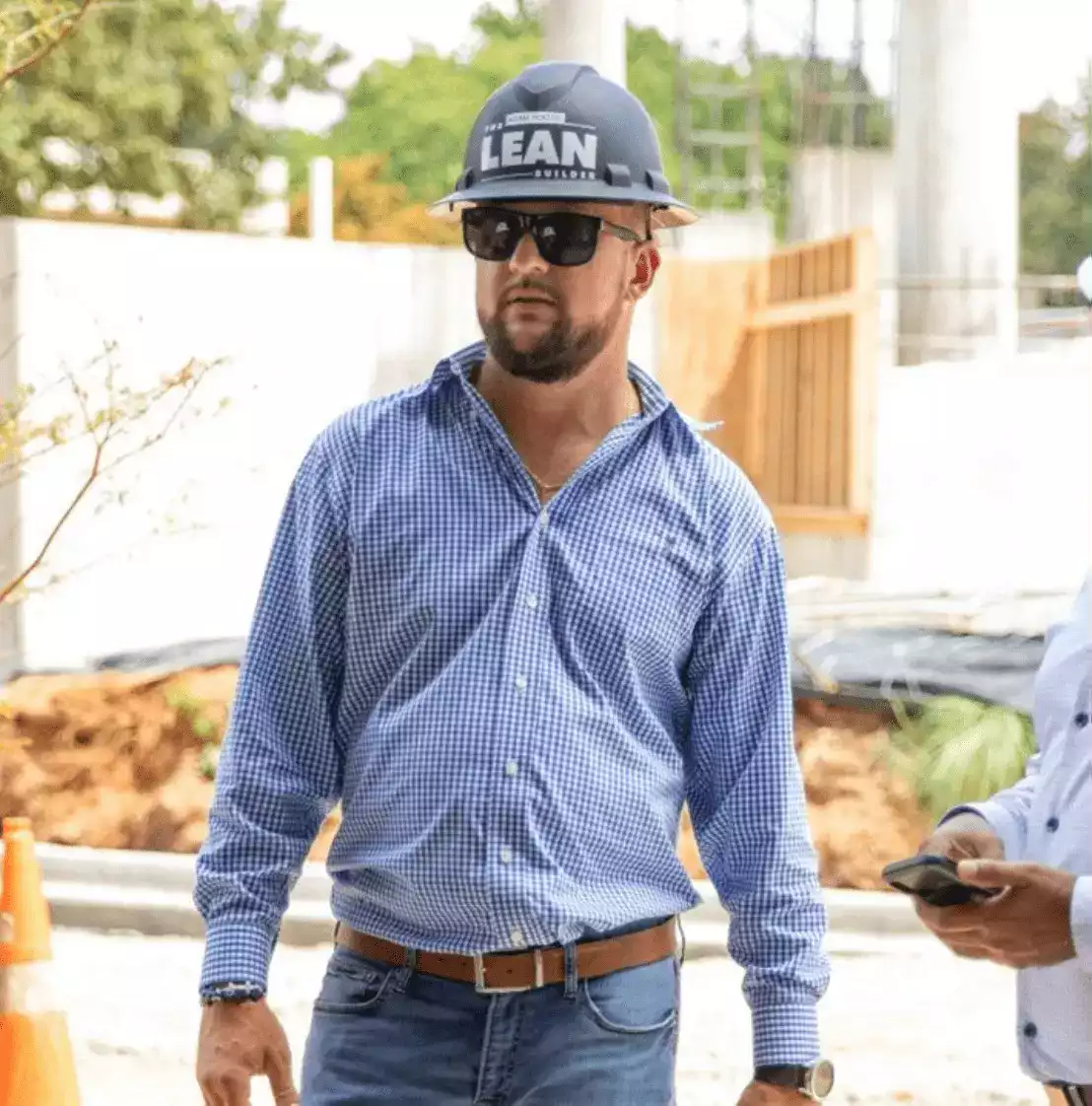The CPM System is Broken. It’s Takt Time.
“Construction projects are inherently complex, requiring careful planning and execution to ensure success. The most common scheduling method in construction is known as the Critical Path Method (CPM) and it’s broken.”
This bold, simple statement by our colleague and friend, Adam Hoots, Lean Construction Shepherd, TedX Speaker, Graduate Student and Professor at Clemson University, state of construction scheduling in the publication Ground Break Carolinas.

Hoots continues: “This scheduling method has proved itself unsuccessful on vertical construction projects time and time again. CPM was originally created for Dupont Chemical while attempting to find ways to reduce the costs associated with plant shutdowns and restarts that were being caused by inefficient scheduling. This practice was adopted by construction in 1966 and has not been improved upon since it was developed in the 1950s! With the complexities of today’s world, it’s absurd to think that the construction industry’s scheduling systems have not improved much over the past 70 years! In addition to nearly 70% of all construction projects being past schedule, there are several other reasons why CPM is not the best approach for scheduling all construction projects.”
Hoots’ analysis is solidly grounded in virtually every industry study of the on-time completion percentage of US construction including Dodge Data & Analytics recent benchmark of the current state of capital project delivery performance.
Hoots touts the Last Planner System® and Scrum for superior improvements, but advocates taking them to the next level using Takt planning. By leveraging LPS® Milestone Pulls and Phase Pulls, Takt moves Weekly Work planning from resource efficiency to highly efficient flow efficiency by understanding and utilizing Little’s Law, Kingman’s Formula, the Law of Bottlenecks, and the Law of Variation.
“The current CPM scheduling practices do not align with these production laws and oftentimes will steer people away from following these productions’ physics, which leads to further delays and inefficiencies. Takt planning and construction, on the other hand, forces teams to visualize the production laws and have tough conversations before roadblocks arise in order to focus the team on flow efficiency. All of this is done on a one page and easy to understand document.”
Read the full text of Adam’s explanation HERE.
And check our Takt expert Spencer Easton’s 31 short video course on Takt Planning here.

